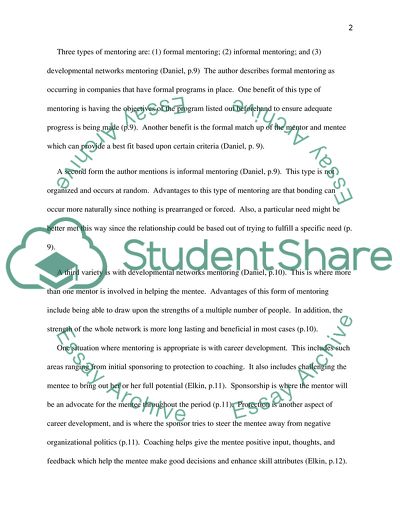Cite this document
(Human Resources or Management Perspective: Effective Communication Essay, n.d.)
Human Resources or Management Perspective: Effective Communication Essay. Retrieved from https://studentshare.org/human-resources/1747377-human-resources-assignment
Human Resources or Management Perspective: Effective Communication Essay. Retrieved from https://studentshare.org/human-resources/1747377-human-resources-assignment
(Human Resources or Management Perspective: Effective Communication Essay)
Human Resources or Management Perspective: Effective Communication Essay. https://studentshare.org/human-resources/1747377-human-resources-assignment.
Human Resources or Management Perspective: Effective Communication Essay. https://studentshare.org/human-resources/1747377-human-resources-assignment.
“Human Resources or Management Perspective: Effective Communication Essay”, n.d. https://studentshare.org/human-resources/1747377-human-resources-assignment.


